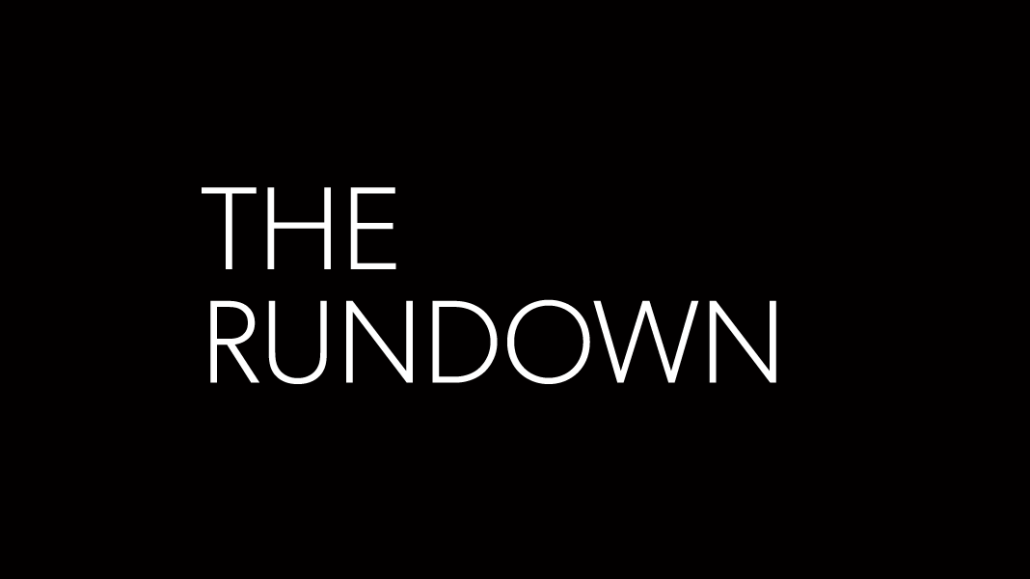
Sustainable business models for online media of any kind aren’t easy to come by, but for those attempting to fund quality news content with advertising alone, the chances of maintaining one are looking increasingly slim.
The challenges facing ad-funded newsrooms are numerous, and they continue to mount. For one, online advertising isn’t getting any easier. As programmatic ad technology helps drives down ad prices — and as the triopoly (troika? trinity? triad?) of Google, Facebook and Amazon continue to suck up a greater portion of advertisers’ budgets — publishers are being required to run faster and faster just to stay in the same place. Growing audiences can help offset some of those ad challenges to a degree, but ultimately there’s a finite market for the content they produce.
Meanwhile, paying for that content isn’t getting any cheaper. As the pendulum swings from optimizing for platform distribution and clicks, and back towards higher-quality, brand-building journalism, there aren’t many newsroom “efficiencies” left to find.
Ad-funded news is “not future proof”, said BBC Global News CEO, Jim Egan, speaking at a Digiday+ member event on Wednesday. “We’re currently entirely ad supported but we are thinking about reader revenue strategies. We’re thinking at this stage, but not doing. But it’s not getting any easier,” he said.
Perhaps most concerning trend for news publishers in the near-term is advertisers’ current attitudes to news content generally. Specifically, that many advertisers are now attempting to keep themselves as far away from news content as possible under the guise of “brand safety.”
“People are rushing too fast to the safe havens,” said an ad buyer at this week’s Digiday Media Buying Summit in Austin. “One of the casualties is political news. Some of our clients are saying let’s not buy news at all.”
In 2015, Jon Steinberg, then-chief executive of Daily Mail North America, penned a blog post chastising advertisers for withholding their ad dollars “adjacent to real, important, hard news.” Advertisers and agencies routinely refused to run ads next to news content, and agencies were increasingly categorizing news content as “not brand safe,” he wrote.
Fast-forward three years, and the situation doesn’t appear to be improving. Even with advances in “brand safety” technologies and a growing list of vendors promising to “analyze content at the page level” to determine appropriate ad placements on the fly, publishers and agencies alike say advertisers are increasingly asking to have their ads kept away from news content entirely.
Publishers can shout themselves blue in the face that reporting the news cannot be a “brand safety” issue, but ad buyers are shifting the goalposts by speaking instead of “brand suitable.” Under this even gauzier rubric, anything regarding U.S. politics or world news could be deemed unsuitable for brand messaging. One top ad buying exec said clients need to start thinking of ads on news as a “social responsibility.”
“I understand advertiser reluctance around where their content appears, but I regard blacklisting as absolutely the wrong response,” said Egan. “We’re in a battle for survival for quality journalism. If you turn off the tap, don’t be surprised at what happens.”
Agencies report a similar sentiment from their clients. Speaking at the Media Buying Summit, GroupM’s managing partner for brand safety in the Americas, Joe Barone, expressed concern about the impact the mindset will have on publishers downstream.
“One of the biggest concerns we have [are the problems] ad-supported legitimate news is having with the duopoly, fake news and ad blockers. Some clients say avoid news altogether, and that’s not good,” he said.
Even as publishers see traffic bumps related to growing interest in the Trump administration, Brexit, fake news and other global events, that traffic isn’t necessarily particularly lucrative.
Digiday research in January found that 76 percent of brands said they were explicitly avoiding advertising next to Trump-related content, for example. Only 14 percent said they see a potential advantage in a brand associating itself with political commentary.
These headwinds are largely why a growing list of news publishers are chasing revenue from sources other than advertising, the two big ones being subscriptions and commerce. For example, The New York Times now sees more than two-thirds of its revenues from subscriptions as opposed to advertising.
But other publishers, such as BuzzFeed, appear more reluctant to limit access to their content. BuzzFeed CEO Jonah Peretti implied last year that paywalls are bad for democracy and society, but the publisher has since dabbled with accepting donations from readers instead.
It’s a complicated dance, but for those news publishers who are able to uncover revenue streams beyond just advertising, there are viable business models out there. But those who think they can rely on advertising revenues alone will face an increasingly rocky road ahead.
More in Media

What publishers are wishing for this holiday season: End AI scraping and determine AI-powered audience value
Publishers want a fair, structured, regulated AI environment and they also want to define what the next decade of audience metrics looks like.

Media giant Essence launches a marketplace for Black women-led brands
Essence has launched WeLoveUs.shop, a new online marketplace dedicated to Black women-led brands.

In Graphic Detail: The state of AI referral traffic in 2025
The stats reveal a new audience pipeline forming outside of traditional search and social platforms.





